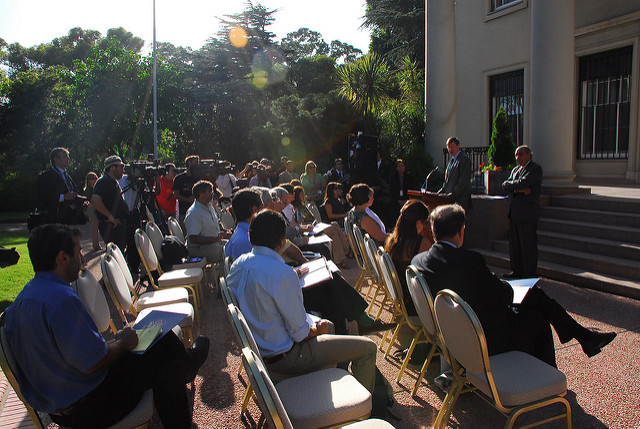Opinions
Corporate Innovation Management: Changing the Culture
Most large organizations are facing the challenge of a workforce that’s gotten into a routine, a rhythm, and is not thinking outside the box. There is no excitement. There isn’t enough creative energy on a day-to-day basis, and there’s no methodology to inculcate such energy in a systematic way.
I want to call out another specific point from my previous article, Corporate Innovation Management: A Methodology Discussion, that addresses this issue. >>>
A Startup Idea to Leverage Good Writers
As someone who is a prolific writer, I happen to respect good writing.
These days, however, writings skills are not generating much by way of compensation. Journalism, for instance, a profession that was a good livelihood generator for writers, is an imploding industry.
Against that backdrop, here is a startup idea that could become a good earning mechanism for writers, while not getting run over by the Media industry’s existential crisis.
Here, I am thinking of writers becoming affiliates of a specific genre of e-commerce merchants.
>>>
A Startup Idea: HARO for Indian and Global SMBs
HARO stands for Help A Reporter Out. In case you do not know about the service, you should. It’s a site that has gathered numerous journalists and businesses, including a large number of small businesses. Journalists place queries for sources and businesses – “experts” – respond.
I use the service extensively for my stories. I have used it for years. If you are interested in having me cover your story, please keep an eye on my queries in HARO.
I am thinking, though, of something different, as a business opportunity. >>>
Corporate Innovation Management: Methodology
Last summer, I was invited to spend half a day with approximately 40 Fortune 500 Chief Innovation Officers at Xerox PARC, and discuss our experience with corporate innovation methodology through the 1M/1M Incubator In A Box program.
A few months later, Jim Euchner, the CIO of Goodyear, interviewed me for the Research-Technology Management journal. It’s a comprehensive discussion that those of you thinking about corporate innovation may find interesting. For the month of May, the interview is accessible free of charge at the journal’s website. [Business Acceleration at Scale: An Interview with Sramana Mitra]
Here, I will summarize some key excerpts from the discussion: >>>
Startup Idea to Help Women Return to the Workforce
As I am thinking through the solutions needed to help older engineers reconfigure their careers [Ref. A Startup Idea To Help Older, Laid-off Engineers], I am also thinking about a related issue: older women trying to get back into the workforce.
I know too many talented women who are now in their forties and fifties, and some even in their sixties, looking to start working again. Their travails are gut wrenching. The ten-, twenty-year gaps in their resumes stare back at them like menacing, identity-destroying demons.
>>>
Corporate Innovation Management: The Role of Prototyping
I want to call out another specific point from my previous article, Corporate Innovation Management: A Methodology Discussion.
In my interview with Jim Euchner for the Research-Technology Management journal, I said:
My philosophy, at least in the IT space, is that we can safely assume that people will be able to build their products. Prototyping is not what we emphasize until later in the process. The first thing—the first order of business—is answering the question as to whether there is a business case for doing the project.
A Startup Idea to Help Older, Laid-off Engineers
Following my three earlier pieces [Tech Layoffs For 2016 Projected To Be Deep – What Happens To 260,000 Highly Skilled Professionals In Their 40s And 50s?, Intel’s Layoffs – What Will Happen To The Older Workers?, Advice For Laid-Off Engineers], I want to brainstorm about some startup ideas that would be helpful in addressing the pain.
A large number of these engineers need retraining in an engineering domain that is currently in demand.
Many of them are, however, extremely skilled engineers. Perhaps they won’t be designing or verifying chips going forward, but they do have the intellectual horsepower to rapidly learn a new field.
>>>
Corporate Innovation Management: Tyranny of the TAM is Less Severe
I want to call out a specific point that connects the dots between two of my prior articles, From $100k-$1M: Tyranny Of The TAM and Corporate Innovation Management: A Methodology Discussion.
In my interview with Jim Euchner for the Research-Technology Management journal, I said:
If you think of entrepreneurship outside of a corporation, often business ideas with a total available market of $200 million, $300 million will get ignored. It may not be possible to bootstrap them, but venture capitalists will not fund them. These are ideal for corporate innovation.








